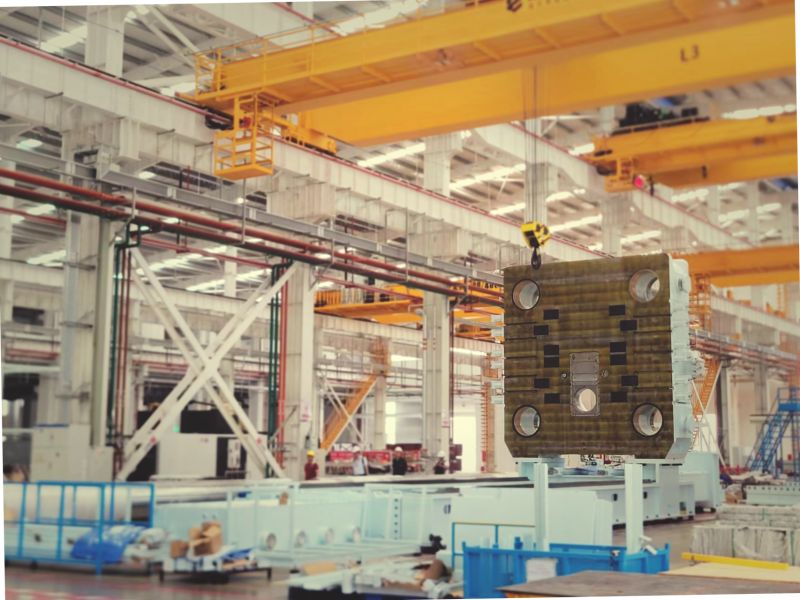The speculation on end cooling is because recent pictures of the body make it more probable that the pack will be a single layer
For a single layer pack to achieve 500 miles of range, they either need more space for the cells, which bottom cooling delivers, or significantly more efficient than even the most optimistic predictions
It might seems that the cooling snakes add little space between cells, but it adds up
The downside is that even with the tabless electrode touching the bottom, a few papers shows that there is better cooling with side cooling due to higher surface area compared to bottom cooling, mostly due to the dichotomy of extracting heat from the cells, you need something that is a really good heat conductor but also good electrical insulator, the interface between cell and cooling device is the limitation, so more area helps a lot
The only downside of both papers is that if I'm not mistaken both assumes that the entire side of the cells is cooled (been a while since I've read them, linked bellow) and we know Tesla uses just a small section of the cell, so in that scenario cooling the bottom might win vs just part of the side
Sandy better get one really soon to open it up
Prediction of Thermal Issues for Larger Format 4680 Cylindrical Cells and Their Mitigation with Enhanced Current Collection
Impact of Current Collector Design and Cooling Topology on Fast Charging of Cylindrical Lithium-Ion Batteries




